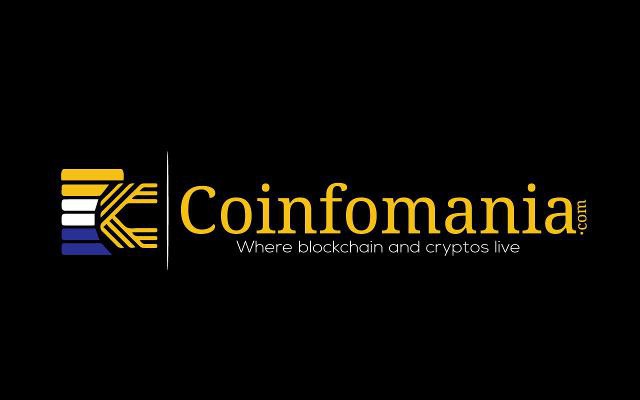Ethereum Blockchain Shake-Up – Will ETH Hit $1,920 or Drop to $1,780? Prometheum CEO Weighs In!
0
0

Although Ethereum is still the main blockchain for tokenizing real-world assets (RWAs), will legislation really slow down its pace? Aaron Kaplan, co-CEO at Prometheum, contends that the actual problem is not regulatory uncertainty but rather the absence of established secondary markets for trading tokenized securities. The lack of effective trading systems hinders acceptance, even as the Ethereum blockchain offers the infrastructure. Let’s investigate how Ethereum tokenization is changing and whether ETH regulation is a real barrier as part of tokenization grows. Will the market itself be unready, or will regulatory clarity help to speed up development?
Ethereum Tokenization & Market Impact
Institutions are using the Ethereum blockchain for blockchain-based securities, so it has become the skeleton of tokenized RWAs. Prometheum’s Aaron Kaplan contends, though, that the main problem is the lack of good secondary markets instead of regulation. Although the Ethereum blockchain endorses tokenization, the capacity to efficiently trade these assets is somewhat restricted. Kaplan points out that the SEC-sanctioned arrangements, including special-purpose broker-dealers and Alternative Trading Systems (ATS), already provide legislated mechanisms for tokenized securities.
Still, both institutional and retail investors find it challenging to accept these assets at large if there is no developed trading environment. This is of great concern for the Ethereum blockchain. ETH regulation might gain from more acceptance and liquidity if new trading sites arise. Institutional tokenization leaning more toward permissioned chains, on the other hand, could reduce ETH’s part in RWAs. Will Ethereum’s open network be the basis for tokenized assets, or will market barriers drive companies toward centralized alternatives? The response will define Ethereum’s long-term place in the tokenization revolution. Let’s take a look at the Ethereum price prediction to see how this development impacts the price of ETH.
Ethereum Price Prediction
The Ethereum (ETH/USDT) Chart emphasizes important resistance and support levels. Having rebounded from a $1,820 support level, the price is now testing a resistance zone near $1,860. The support is at about $1,780, where ETH might bounce back. With a 57.47 RSI, the momentum is inert. Earlier overbought and oversold signals have resulted in price reversals, so traders should be on the lookout for comparable trends.
Chart 1: Analysed by vallijat007, published on TradingView, April 1, 2025
With the MACD line above the signal line, the MACD indicates bullish momentum and so indicates upward pressure. If momentum wanes, though, the price can have difficulty breaking resistance and could retrace back toward support. If the price surpasses resistance, the following goal might be roughly $1,920. Still, rejection at this level could result in a drop back toward support levels. Before making trade decisions, traders should keep track of volume and confirmation signals.
Ethereum’s Blockchain: Innovation vs. Resistance at $1,860
Although the Ethereum blockchain’s supremacy in tokenizing RWAs is unmatched, its future depends on unblocking the secondary market bottleneck, not just on regulatory clarity. Even as bullish technical indicators and the MACD point to a possible upward trajectory, ETH’s difficulty in surpassing the $1,860 resistance shows more general market scepticism. With RSI neutral and supported at $1,780, the next move depends on infrastructure progress as much as price action. Will Ethereum’s open network thrive as tokenization scales, or will institutional inertia favor closed alternatives? Innovation and acceptance have to surpass political disputes for ETH regulation to remain ahead.
The post Ethereum Blockchain Shake-Up – Will ETH Hit $1,920 or Drop to $1,780? Prometheum CEO Weighs In! appeared first on Coinfomania.
0
0
 Manage all your crypto, NFT and DeFi from one place
Manage all your crypto, NFT and DeFi from one placeSecurely connect the portfolio you’re using to start.






